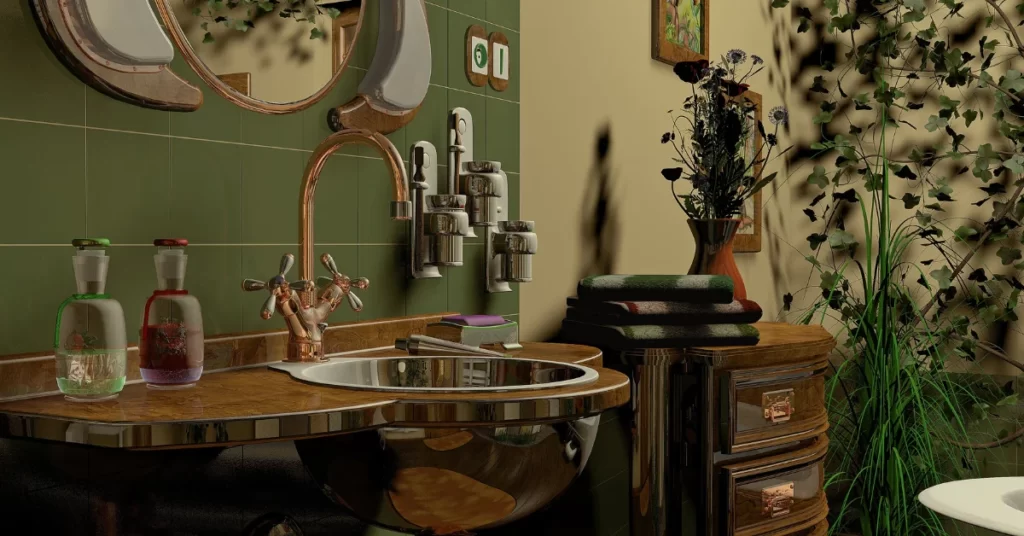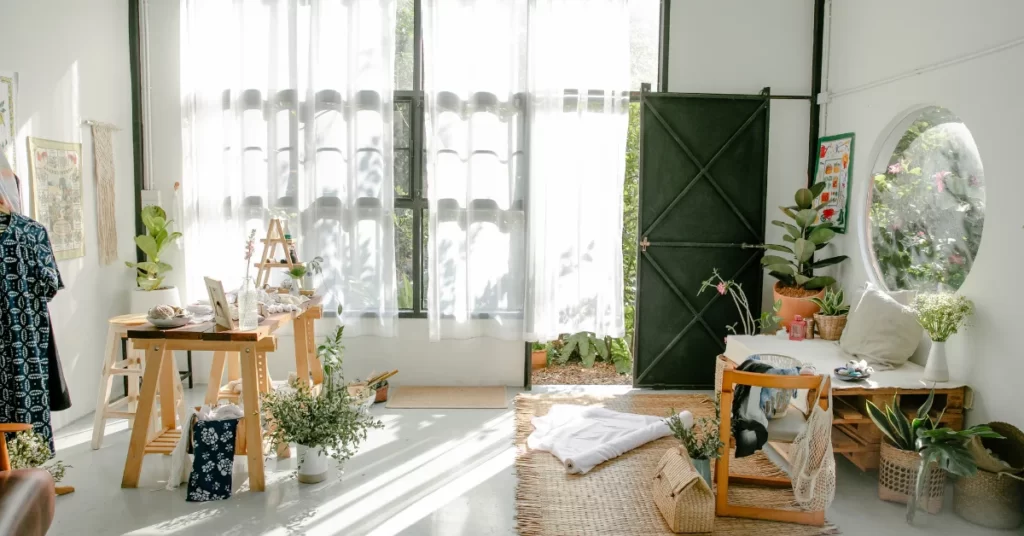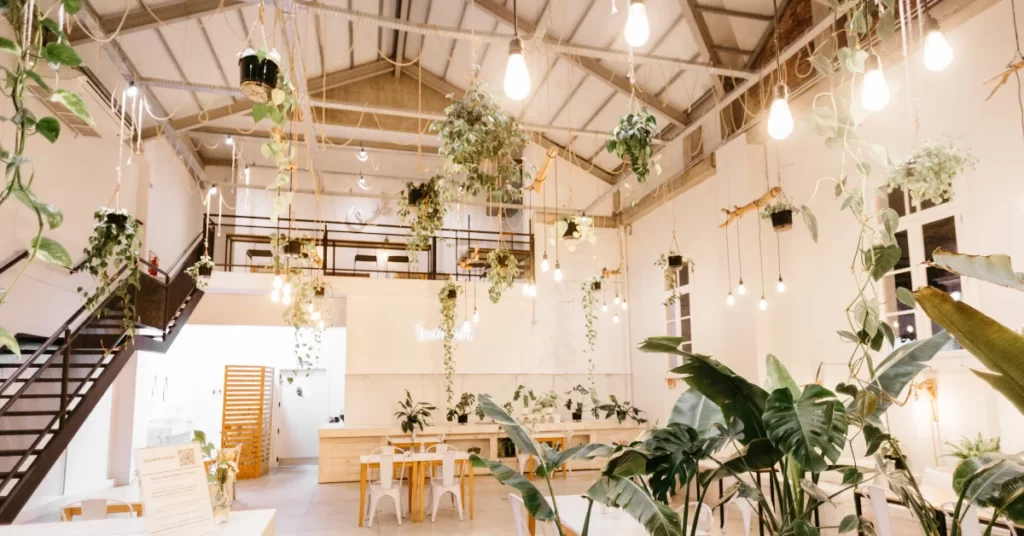In today’s world, where environmental consciousness is becoming increasingly important, incorporating eco-friendly practices into our daily lives is essential. One area where we can make a significant impact is through our interior design choices. By opting for sustainable and stylish solutions, we can create homes that are both environmentally friendly and aesthetically pleasing. In this blog post, we will explore various strategies and ideas for achieving eco-friendly interior design.

Redefining Home Decor with Environmentally Conscious Design and Responsible Choices
Section 1: Understanding Eco-Friendly Interior Design
To embark on the journey of eco-friendly interior design, it’s crucial to understand its principles and benefits. We’ll discuss the importance of choosing environmentally friendly materials, such as reclaimed wood, bamboo, and recycled metal, and how they can reduce our carbon footprint. We’ll also delve into the concept of green living and explore the positive impact it has on our overall well-being.
Section 2: Sustainable Home Decor
Creating a sustainable and stylish home involves carefully selecting decor items that align with eco-friendly principles. We’ll explore strategies for finding repurposed furniture, which not only adds character to your space but also reduces waste. Additionally, we’ll highlight the beauty and versatility of biodegradable textiles, such as organic cotton, hemp, and linen, which offer sustainable alternatives to conventional materials.
Section 3: Lighting and Energy Efficiency
Energy-efficient lighting is a crucial aspect of eco-friendly interior design. We’ll discuss the benefits of LED bulbs and how they can significantly reduce energy consumption. We’ll also explore innovative lighting solutions, such as smart lighting systems and natural light optimization, which not only save energy but also enhance the ambiance of your home.
Section 4: Integrating Natural and Organic Elements
Bringing the outdoors inside is a key element of eco-friendly interior design. We’ll explore the beauty of incorporating natural and organic elements, such as indoor plants, living walls, and biophilic design concepts, which create a harmonious connection with nature. These elements not only add visual appeal but also contribute to improved air quality and overall well-being.

Section 5: Maintenance and Longevity
Maintaining a sustainable home involves adopting practices that extend the lifespan of your interior design choices. We’ll discuss the importance of regular maintenance and offer tips on how to care for eco-friendly materials and furniture. By prioritizing longevity, we can reduce waste and make a more significant positive impact on the environment.
Section 6: Eco-Friendly Paint and Finishes
Paint and finishes play a crucial role in interior design, and choosing eco-friendly options can significantly reduce the environmental impact. We’ll explore low VOC (volatile organic compounds) paints that emit fewer harmful chemicals into the air. Additionally, we’ll discuss sustainable alternatives to traditional finishes, such as natural oils and waxes, which are non-toxic and biodegradable.
Section 7: Water Conservation Strategies
Water conservation is an essential aspect of sustainable living. We’ll explore strategies for incorporating water-saving fixtures and appliances into your home, such as low-flow faucets, showerheads, and dual-flush toilets. We’ll also discuss the concept of greywater systems and how they can be used to recycle and reuse water for various purposes like irrigation.
Section 8: Furniture and Accessories Made from Recycled Materials
When it comes to eco-friendly interior design, embracing furniture and accessories made from recycled materials is a fantastic way to reduce waste and promote sustainability. We’ll highlight innovative designs crafted from recycled plastics, metals, and even repurposed wood. These pieces not only add a unique touch to your home but also contribute to a circular economy.
Section 9: Mindful Consumption and Decluttering
Part of sustainable living involves practicing mindful consumption and decluttering. We’ll provide practical tips for conscious shopping, encouraging the purchase of quality, durable items rather than succumbing to fast furniture trends. Additionally, we’ll discuss the benefits of decluttering and how it promotes a more organized and sustainable living environment.
Section 10: Inspiring Examples of Eco-Friendly Interior Design
To ignite your creativity, we’ll showcase inspiring examples of eco-friendly interior design from around the world. From beautifully designed sustainable homes to innovative upcycled furniture, these real-life examples will demonstrate the endless possibilities for creating a sustainable and stylish living space.
Conclusion
Embracing eco-friendly interior design is not only about making responsible choices for the environment but also about creating a home that reflects your values and personal style. By implementing the strategies and ideas discussed in this blog post, you can transform your living space into a sustainable and stylish haven. Let your home be a testament to the beauty of eco-conscious design and inspire others to join the movement towards a greener future.












